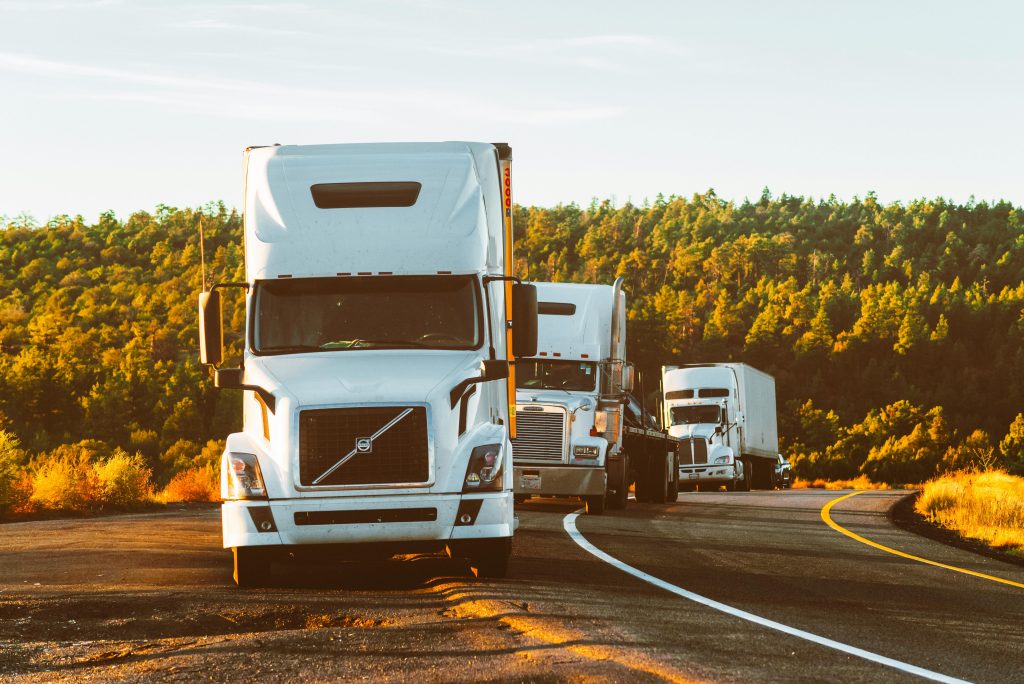Drayage in Miami: Understanding the Process and Its Importance

Drayage plays a pivotal role in the logistics and supply chain industry, particularly in a bustling port city like Miami. This blog will dive into what drayage is, how it functions specifically in Miami, and why it’s a crucial component of freight logistics.
What is Drayage?
Drayage refers to the transport of goods over a short distance, typically from a port to a nearby warehouse, rail terminal, or storage facility. This service is essential for moving containerized cargo between different segments of the supply chain. While it may seem straightforward, drayage involves intricate planning and coordination to ensure efficient and timely delivery.
How Drayage Works in Miami?
1. Port of Miami: A Hub of Activity
The Port of Miami, also known as PortMiami, is one of the largest cargo ports in the United States. It serves as a critical gateway for international trade, particularly for goods entering and leaving Latin America and the Caribbean. Drayage services are integral to the functioning of this port, facilitating the swift movement of containers to and from ships, storage facilities, and intermodal transport hubs.
2. Steps in the Drayage Process
The drayage process in Miami typically involves several key steps:
Container Pickup: Once a container ship docks at PortMiami, drayage trucks pick up the containers and transport them to their next destination. This could be a nearby warehouse, a rail terminal for further transport, or directly to a retailer’s distribution center.
Intermodal Transfers: Drayage services often include the transfer of containers between different modes of transport, such as from ship to rail or from rail to truck. Miami’s extensive intermodal infrastructure supports these seamless transitions.
Delivery and Unloading: The final step involves delivering the container to its designated location and unloading the cargo. This step requires precise coordination to ensure that goods reach their destination on time and in good condition.
3. Technology and Efficiency
Drayage companies in Miami leverage advanced technology to enhance efficiency and tracking. GPS systems, real-time tracking, and automated dispatch systems help optimize routes, reduce delays, and ensure timely deliveries. This technological integration is essential for managing the high volume of containers handled at PortMiami.
Importance of Drayage in Miami
1. Economic Impact
Drayage services significantly contribute to Miami’s economy. By facilitating the smooth flow of goods, drayage helps maintain the efficiency of supply chains, supporting local businesses and creating jobs. The logistics industry, including drayage, is a major employment sector in Miami, providing numerous opportunities for drivers, dispatchers, and logistics coordinators.
2. Supporting Trade and Commerce
As a major trade hub, Miami relies on efficient drayage services to handle the large volumes of cargo that pass through its port. Drayage ensures that goods are quickly moved to warehouses, distribution centers, and retail locations, supporting the region’s commerce and trade activities.
3. Environmental Considerations
Modern drayage companies in Miami are increasingly focusing on sustainability. Many are adopting eco-friendly practices, such as using fuel-efficient trucks and optimizing routes to reduce emissions. This shift towards greener drayage practices is crucial for minimizing the environmental impact of logistics operations in the city.
Challenges in Miami Drayage
1. Traffic Congestion
Miami’s urban density and traffic congestion pose challenges for drayage operations. Navigating busy streets and ensuring timely deliveries require careful planning and efficient route management.
2. Regulatory Compliance
Drayage companies must comply with various regulations, including those related to vehicle emissions, safety standards, and port authority rules. Staying updated with these regulations and maintaining compliance is essential for smooth operations.
3. Infrastructure Limitations
While Miami boasts significant intermodal infrastructure, ongoing investments and improvements are necessary to keep up with growing cargo volumes. Addressing infrastructure limitations is crucial for sustaining efficient drayage services.
Conclusion
Drayage is a critical component of Miami’s logistics and supply chain ecosystem. By understanding the intricacies of drayage operations and their significance, businesses and stakeholders can better appreciate the vital role this service plays in supporting the region’s trade and commerce. As technology advances and sustainability becomes a priority, the drayage industry in Miami is poised for continued growth and innovation, ensuring it remains a cornerstone of the city’s economic landscape.


